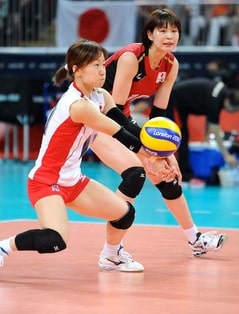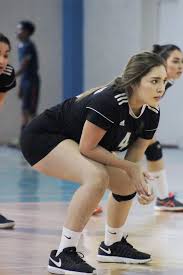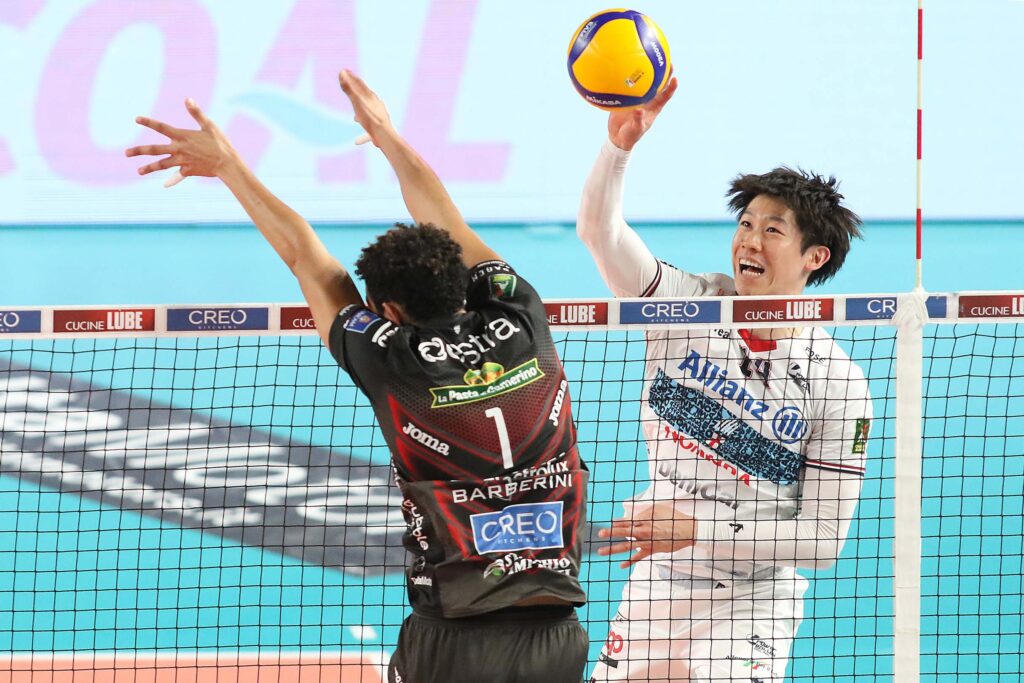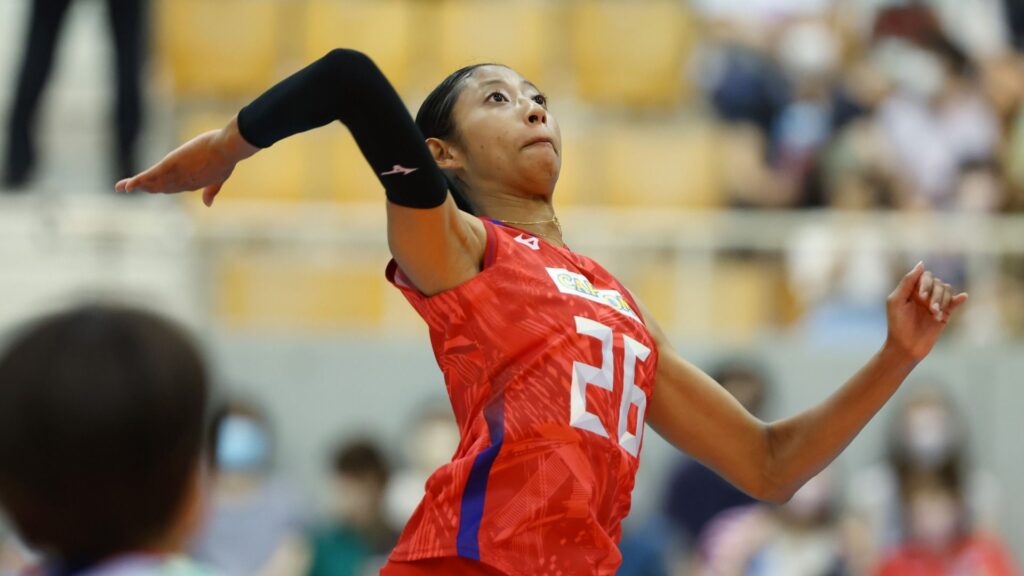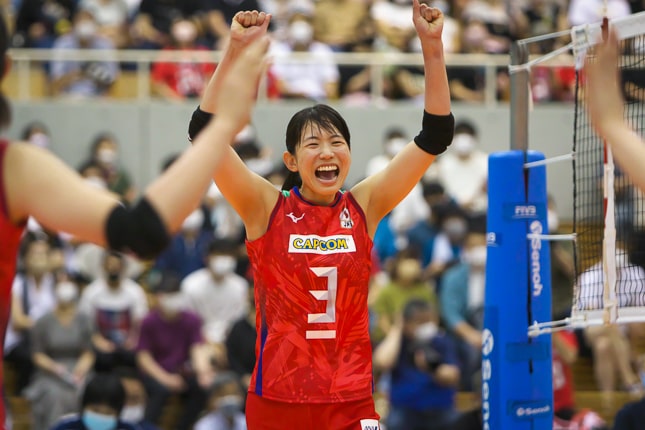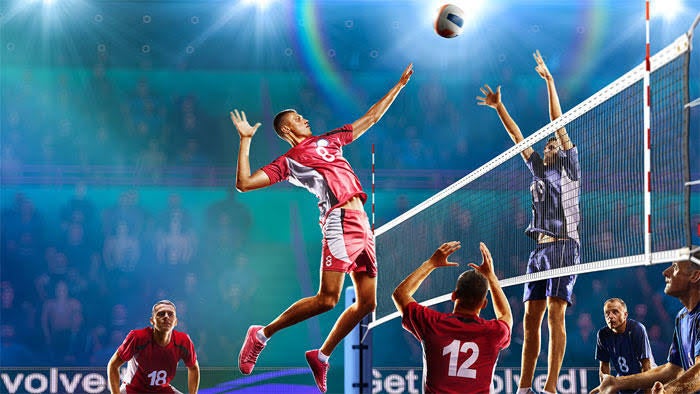
Volleyball is one of the team sports with particularly detailed rules.
Players must abide by the rules to keep the match fair and smooth.
In the first place, if you commit a foul that violates the rules, your opponent will lose points, so you should not commit a foul.
This time, we will explain the list of fouls in volleyball and their rules.
目次
- 1 A list of rules that are illegal in volleyball. Don’t do it!
- 1.1 Net Touch (Touch Net)
- 1.2 foot fault
- 1.3 carry
- 1.4 double touch (double contact)
- 1.5 four touch
- 1.6 passing center line
- 1.7 Pass outside the marker
- 1.8 overnet
- 1.9 Service failure
- 1.10 rotation error
- 1.11 Back row attack violation (back attack violation)
- 1.12 Libero violation of rules (foul)
- 1.13 Setter’s violation of rules (foul)
- 2 summary
A list of rules that are illegal in volleyball. Don’t do it!
Net Touch (Touch Net)
Rules for net touch (touch net) in volleyball
It is generally considered a foul to touch the net during play, but there are exceptions under certain conditions.
The main points are:
-
Touching the net during a block : In connection with a ball play, touching the net while attempting to block is a foul, even if the ball is not directly touched. Specifically, this includes moving, jumping, and reaching to block. Even if the ball does not hit, a touch net foul may be applied if a hand or body touches the net during an attempted block at the ball.
-
Touching the net during an attack : During an attack (spike), it is also a violation to touch the net during the attack movement. Examples include when a spiked hand hits the white belt, or when a quick jump hits the net. However, if the force of the attack causes your head to hit the antenna, or the recoil causes your body to hit the support, it will not be a foul.
-
Exceptions : As an exception, if it is not directly related to the play (for example, if a player not involved in the rally touches the net) or if his hair touches the net, it is considered a foul as long as it does not affect the play. is not considered.
-
Difference from overnet : Touchnet and overnet (unlawful intrusion or attack on the opponent’s court) are different; touchnet covers whole body contact with the net, while overnet mainly involves illegal contact with the hands or arms. Refers to attacking movements.
This rule is in place to keep play fair and safe.
Since split-second decisions are required during a match, players and coaches must understand these rules accurately and be careful to avoid foul play.
Additionally, even if your hair touches the net, it is not considered a foul as long as it does not affect play, which is especially important information for female players.

foot fault
A foot fault in volleyball is a foul that occurs when the foot steps on or crosses the end line while serving.
It is also a violation to cross an imaginary extension of the sideline.
It is permissible for the serve to land outside the service area or inside the court after it leaves the hand, but it is a foul to step on the line at the moment the serve is hit.
This rule is in place to maintain fair play
carry
A carry is a foul in volleyball where the ball is illegally held for too long.
If a player grabs or pushes the ball and changes the ball’s trajectory unnaturally, it will be considered a carry.
This rule is important to keep the game running smoothly and fair.
This violation may be committed when tossing a ball. By following the correct way of handling the ball, you can maintain the quality of play and increase the appeal of the competition.
double touch (double contact)
Double touch in volleyball is a foul in which the same player touches the ball twice in a row. Also called double contact.
However, this does not apply if the player touches the ball continuously during a block.
If a player touches the ball with two different movements at once when receiving a serve or hitting the ball, it will be considered a double touch and a point will be awarded to the opposing team.
This rule is in place to keep play fair and prevent one player from dominating the ball.
four touch
A four-touch foul in volleyball occurs when a team touches the ball four times without blocking.
*Touching the ball with a block does not count as one hit.
According to the official rules, a team can only touch the ball three times in a single play; if this is exceeded, a foul will be called for four touches and a point will be awarded to the opposing team.
This rule is in place to keep the playing process fair.
passing center line
The passing center line is a rule in volleyball that prohibits players from crossing the center line into the opponent’s court during play.
This line bisects the court, and if a player crosses completely into the opponent’s side, a foul will be called.
However, simply touching the line with your foot or hand is not a violation, and unless any part of your body enters the opponent’s side and affects the play, it will not be considered a violation.
These rules are in place to ensure safe play and fair competition.

Pass outside the marker
It is a foul if the ball passes outside the antennas installed on both sides of the net and enters the opponent’s court.
At this time, the referee points his hand in the direction of the offending team to indicate that the ball should pass outside the antenna.
Also, if the receive passes outside the antenna, the player chasing the ball must also return the ball along the same path.
It is a foul if the ball is returned from outside to inside the antenna or vice versa.
However, if the first shot goes over the net and passes outside the antenna, it is not a foul for the player to enter the opponent’s court as long as there is no interference with the opponent’s court.
overnet
An over-net violation occurs when a player’s hand or body part goes over the net and into the opponent’s court space while playing the ball.
This violation is mainly seen during attacking movements, especially when the player reaches towards the opponent’s side of the court to hit the ball even though the ball is still in their own space.
When the referee confirms this violation, he will award a point to the opposing team.
Service failure
A service failure in volleyball occurs when the ball touches the net and does not pass to the other side of the court or within the correct court range during the service.
A failed serve results in the opposing team receiving a point and the right to serve.
This rule is in place to maintain the flow of the game and emphasize the importance of the serve.
rotation error
Volleyball rotation errors occur when a team is not in the correct position before receiving the serve.
This applies if a player does not follow the specified rotation order or is not in the correct position.
If there is a rotation error, the referee will call a foul and the serve and points will go to the opposing team.
Be careful, as this tends to happen when you switch with the libero or when the right to serve changes.
Back row attack violation (back attack violation)
A back-row attack violation in volleyball is when a player in the back-row hits the ball in front of the attack line.
Back-row players cannot launch the ball or participate in blocks in the front zone (in front of the attack line).
Also, if you jump in front of or on the attack line when making a back attack, you will be charged a foul.
If this violation occurs, the point and serve will go to the opposing team.
Libero violation of rules (foul)
This is a foul that occurs when the libero takes an action that is not permitted by the rules.
Examples include attacking the ball launched by the libero in front of the attack line, serving (with exceptions under certain rules), or setting the ball with an overhead pass.
These actions violate the rules regarding the role and limitations of the libero and will therefore be considered a foul and result in a point being awarded to the opposing team.
Since the libero is a specialized defensive position, there are limitations on offensive plays and game-making plays.
Setter’s violation of rules (foul)
When a back-row player is a setter, it is illegal for a back-row player to jump and touch the ball in the front area and send it into the opponent’s court.
However, if the ball remains on your team’s side, it is allowed.
The referee will indicate a foul with a hand signal.
According to the rules of the Japan Volleyball Association, back-row players are allowed to attack when the ball is lower than the net, but it is a violation if the ball exceeds the height of the net.
In actual play, this decision may be subject to debate.
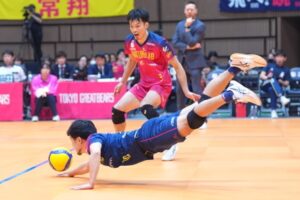
summary
These are common offenses, but the detailed rules and interpretations may differ depending on the level of competition and tournament.
Volleyball rules are set by the International Volleyball Federation (FIVB) and may be updated from time to time, so it is important to check the latest rulebook and tournament regulations.
Click here for volleyball glossary
